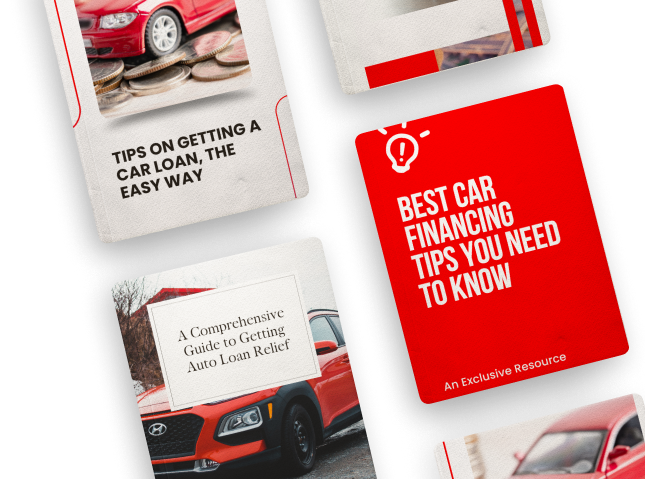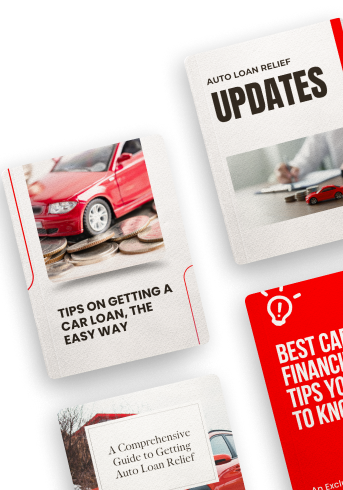How to Sell a Car That Still Has a Loan
Selling a car when you’re still paying off its loan might seem tricky, but it’s definitely doable. Whether it makes financial sense for you depends on your personal money situation.
Here, we’ll guide you on how to sell your car under such circumstances, no matter if you’re in the green (positive equity) or in the red (negative equity) regarding your vehicle’s value versus what you owe. And if you're thinking about upgrading, it's wise to check out the best auto loan rates available.
Here’s a breakdown into six simple steps on how to sell your car with an existing loan:
1. Find Out Your Car's Market Value
You will find how much your car is worth through online tools at sites like Kelley Blue Book, NADA guides, and Edmunds. These sites can calculate your car's market value by considering factors like mileage, condition, and special features.
It's important to be honest about your car’s condition to get an accurate valuation. If your car still has a warranty, that might increase its value.
2. Compute the Loan Payoff Amount
Next, touch base with your lender to obtain the current payoff amount of your loan. This number might differ slightly from the balance you see on your statements because it includes interest owed up until the payoff date.
Remember, the payoff amount is usually valid for a limited time (like 5-10 days), so if you haven’t sold the car by then, you’ll need to get an updated figure.
3. Discuss Sale Instructions With Your Lender
Talk to your lender about how to go about the sale. If you're selling privately, they'll guide you on their preferred process. This might involve going to a branch of your local bank or credit union with the buyer, or, if it's an online lender, they will direct you to their partnered banks.
Selling directly to a dealership or through an online dealership like Carmax can simplify this step, as they often handle the liaising with the lender themselves.
4. Understand Your Equity Status
Determine whether you have positive or negative equity in your car. Positive equity means your car is worth more than the outstanding loan, while negative equity means you owe more on the loan than the car’s current value.
5. Look for a Buyer
Finding a buyer is key, and you can use various channels like online marketplaces, word of mouth, or even social media to reach potential buyers.
6. Finalize the Sale With Your Lender
Once you find a buyer, work closely with your lender to complete the sale effectively. They’ll provide specific instructions based on whether you’re going through a private sale or working with a dealership.
Final Thoughts
With some planning and coordination, selling a car while it’s still under a loan is achievable. This option is perfect for those who can no longer afford their auto loan.
However, other opportunities are available if you’d still like to keep your car but can no longer afford it. Explore auto loan relief options now and keep your car with lower interest rates or other payment solutions.
-
Get the latest on auto loan relief and other tips by subscribing to our weekly newsletter here!












